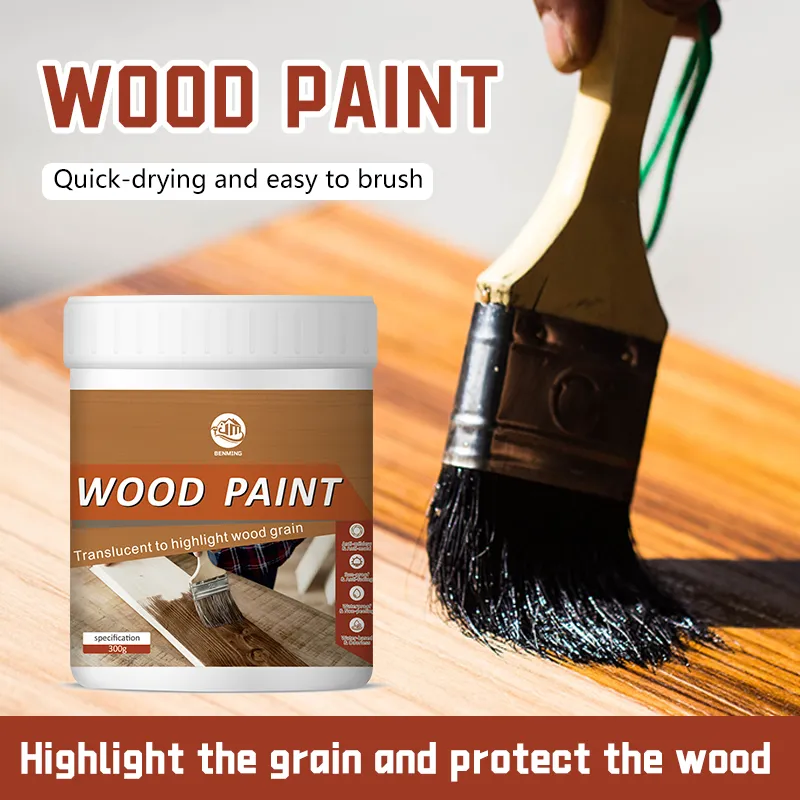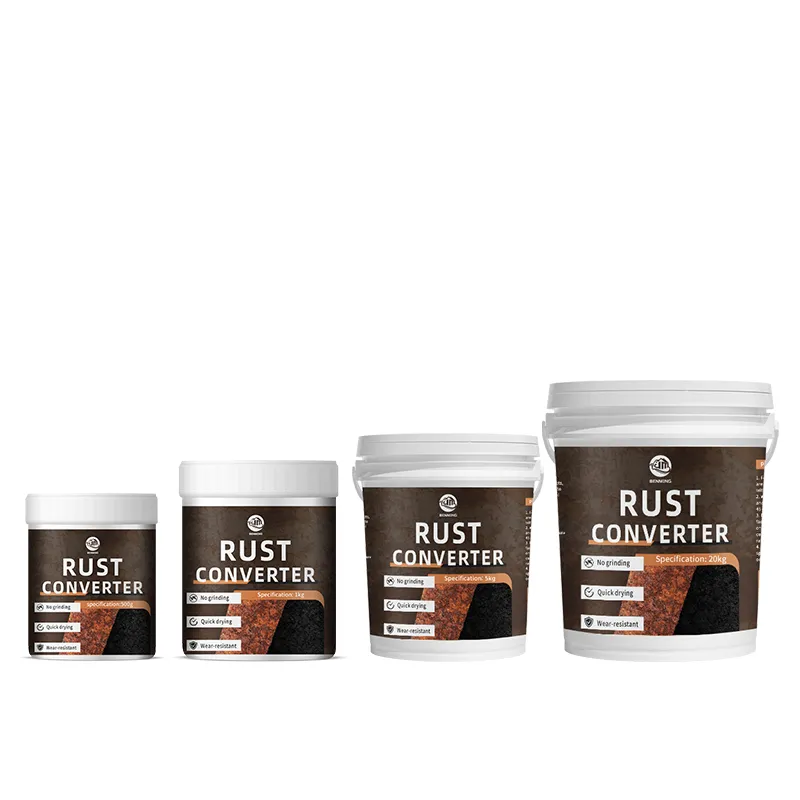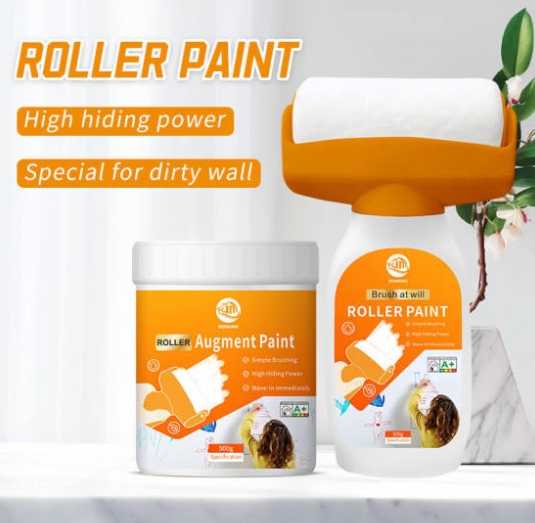Understanding Waterborne Wood Paint: A Comprehensive Guide
Oct 01,2025
Waterborne wood paint is a type of coating specifically designed for use on wooden surfaces. Unlike solvent-based paints, which contain harmful volatile organic compounds (VOCs), waterborne options use water as their primary solvent. This fundamental difference offers several advantages, making them increasingly popular among both professionals and DIY enthusiasts.
One of the most notable benefits of waterborne wood paint is its environmentally friendly nature. Because it produces fewer VOCs, it contributes to better indoor air quality. This is particularly important for those working on home improvement projects or for families who spend significant time in their living spaces. By choosing waterborne paints, users can minimize their exposure to harmful chemicals, which can lead to respiratory issues and other health problems.
In addition to being safer for the environment and health, waterborne wood paint provides excellent adhesion and flexibility. This means it can be applied to a variety of wooden surfaces, including furniture, cabinetry, and trim. Its ability to expand and contract with the wood helps in preventing cracking and peeling, ensuring a long-lasting finish.
Another advantage is the ease of cleanup associated with waterborne wood paint. Since it is water-based, brushes and tools can be easily washed with soap and water, reducing the need for harsh solvents that can be harmful to both the user and the environment. This makes the painting process more straightforward, allowing for quicker project completion and less hassle during cleanup.
Waterborne wood paints also dry faster than their solvent-based counterparts. This rapid drying time means that multiple coats can be applied in a shorter period, enhancing productivity for both professional painters and DIYers. Additionally, the quick drying time helps in achieving a more uniform finish, as it minimizes the risk of dust and debris settling on the surface before it fully cures.
When considering waterborne wood paint for your next project, it's essential to choose a product that suits your specific needs. Many formulations are available, ranging from matte to high-gloss finishes, each providing different aesthetic options. It's advisable to test a small sample on your wood surface to ensure compatibility and achieve the desired look.
In conclusion, waterborne wood paint presents a safe, versatile, and efficient choice for anyone looking to enhance wooden surfaces. With its eco-friendly attributes, ease of use, and excellent performance, it stands out as an ideal solution for both professional applications and DIY projects. Embracing waterborne wood paint can contribute to a healthier home environment while delivering beautiful results.
One of the most notable benefits of waterborne wood paint is its environmentally friendly nature. Because it produces fewer VOCs, it contributes to better indoor air quality. This is particularly important for those working on home improvement projects or for families who spend significant time in their living spaces. By choosing waterborne paints, users can minimize their exposure to harmful chemicals, which can lead to respiratory issues and other health problems.
In addition to being safer for the environment and health, waterborne wood paint provides excellent adhesion and flexibility. This means it can be applied to a variety of wooden surfaces, including furniture, cabinetry, and trim. Its ability to expand and contract with the wood helps in preventing cracking and peeling, ensuring a long-lasting finish.
Another advantage is the ease of cleanup associated with waterborne wood paint. Since it is water-based, brushes and tools can be easily washed with soap and water, reducing the need for harsh solvents that can be harmful to both the user and the environment. This makes the painting process more straightforward, allowing for quicker project completion and less hassle during cleanup.
Waterborne wood paints also dry faster than their solvent-based counterparts. This rapid drying time means that multiple coats can be applied in a shorter period, enhancing productivity for both professional painters and DIYers. Additionally, the quick drying time helps in achieving a more uniform finish, as it minimizes the risk of dust and debris settling on the surface before it fully cures.
When considering waterborne wood paint for your next project, it's essential to choose a product that suits your specific needs. Many formulations are available, ranging from matte to high-gloss finishes, each providing different aesthetic options. It's advisable to test a small sample on your wood surface to ensure compatibility and achieve the desired look.
In conclusion, waterborne wood paint presents a safe, versatile, and efficient choice for anyone looking to enhance wooden surfaces. With its eco-friendly attributes, ease of use, and excellent performance, it stands out as an ideal solution for both professional applications and DIY projects. Embracing waterborne wood paint can contribute to a healthier home environment while delivering beautiful results.
Keyword:
Latest News







